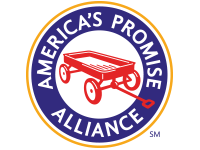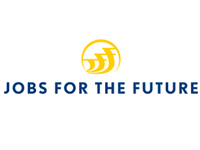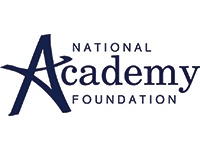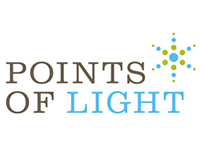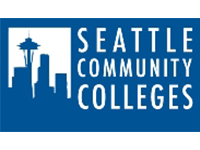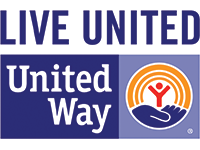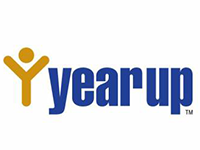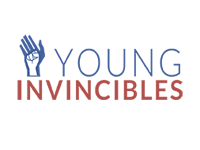NOVA’s Pathway program is a collective impact example for the nation
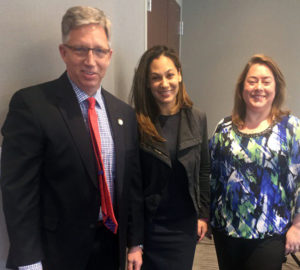 •
•
NOVA is Northern Virginia Community College. The Opportunity Nation team recently visited the Annandale campus and met with Pathway to the Baccalaureate, commonly referred to as Pathway, administrators and alumni, to hear more about their work as it relates to our Opportunity Millennium Goal to double post-secondary degrees, certificates and industry credentials by 2025.
When students, alumni and staff speak about Pathway, it’s immediately clear the program is making an impact and it’s the people who make this program happen.
The Pathway program is a collaborative, partnership-driven support system for students towards the end of their high school experience and continuing through community college and possibly on to a four-year college. The team of about 40 faculty and staff serves over 10,000 students annually, with 3,500 high school seniors coming in as a cohort each year.
“Pathway allowed me to see I had a passion.” – Pathway Alumna
The key to Pathway’s success is building an ongoing relationship between students and their counselors, faculty members and peers to sustain students throughout their college experience. Pathway is a bit of an innovation lab, as they continue to evolve as the needs of students — and ways to reach students — keep changing.
The US Department of Education lists five barriers to postsecondary access: academic, navigational, social, information complexity and financial. Yet, the net that is cast is often too narrow and students who might need multiple avenues of support are often overlooked. By collaborating with K-12 partners, Pathway can find out more about students’ stories, and see not only who needs support, but what kind of support they need.
“It changed who I am.” – Pathway student
Deliberate relationship-building is offered to participating students each step along the way. One of the benefits of this case management style is spotting the gaps. For example, due to a simple error in the application process, many students who could have been getting in-state tuition weren’t. That could be the difference between taking just one class or a full semester of work. Pathway looks for where students are getting stuck, and provides targeted training to counselors to spot those signs and ask certain questions. Questions like, “who lives in your house?” can change how one might work with a student.
“Counselors saw what I didn’t.” – Pathway student
Pathway is designed to have a fading support system for participants, with a more hands-on approach in high school and less once they in the college environment. In high school, the process is designed to get the student comfortable with building on responsibilities and transitions, and to acquaint them with people in Pathway who will counsel them once they start at NOVA. This is partly accomplished with a variety workshops about scholarships, taking placement tests, orientation, registration and the transition from high school to college.
Pathway’s student-centered approach treats students as the primary stakeholder but also acknowledges they need support. There is continual family engagement, with an inclusive approach of including community resources if those are needed.
Opportunity Nation applauds Pathway’s impact and approach. Supporting multiple pathways for students, such as flexible schedules and programs outside the regular school settings, and legislation to promote partnerships between businesses, community colleges and K-12 institutions to address the skills gap, can help double post-secondary degrees, certificates and industry credentials by 2025, one of Opportunity Nation’s six Opportunity Millennium Goals. Currently, only one million certificates are awarded each year, when America needs at least twice that number to meet the needs of the workforce.
For more information on NOVA’s college mobility impact compared to other colleges and universities, here’s an interactive tool created by The New York Times based on data from The Equality of Opportunity Project.


